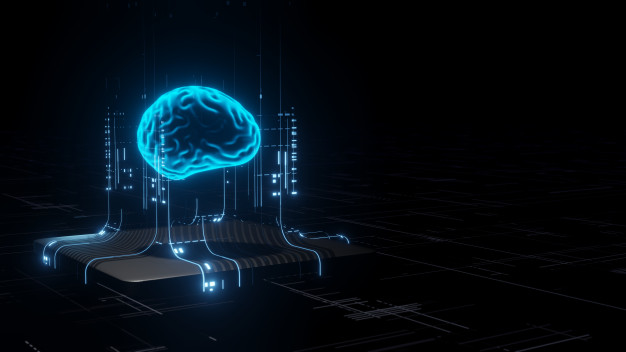Mercator has tracked advanced in AI since 2017 and the number of breakthroughs made are amazing, as is how quickly most of these new models become available in the Cloud or as Open Source. However incorporating these advances into production systems isn’t easy.
AI Development Platforms can relatively quickly make the new models available but when these models are integrated into a final solution that includes integration to other software and the orchestration of processes that keep the solution operational, deploying new AI advances becomes harder. This article discusses funding received by Ultimate.ai, a virtual customer service agent builder. The benefits described include multilingual support and the ability to automate up to 80% of customer support interactions.
Establishing a Virtual Agent utilizes multiple models, including those that perform voice recognition, others that parse the question, yet others to find an appropriate answer and then use text to voice to respond. Yet more can be accomplished with AI to reduce time to deploy and the cost of the overall solution. AI models can explore networks and systems to identify where data resides and other models can help normalize that data so it is more easily ingested.
Once ingested models can help evaluate existing data to identify potential answers and others can even explore and assist in the integration of APIs into the final solution. While multiple models increase complexity for the software provider they can lower the cost of deployment, increase functionality and lower the cost per support call.
“ultimate.ai will hand-hold you through the process of building a super savvy customer service robot, is the pitch.
Co-founder and CEO Reetu Kainulainen claims it’s always been “no code and intuitive” — though there’s now a handy reference label to align what it’s doing with a wider b2b trend. (‘No code’ or ‘low code’ referring to a digital tool-building movement that aims to widen access to powerful technologies like AI without the need for the user to possess deep technical know-how in order to make useful use of them.)
“Everything we build is to guide users to creating the best virtual agents. The whole user journey — discovery, design, expansion — is all within ultimate.ai,” Kainulainen tells TechCrunch.
“In the past two years, we have been laser focused on building a very deep customer service automation platform — one that goes beyond simple FAQ answers in chat — and enables brands to design complex, personalized workflows that can be deployed across all digital support channels.
“We believe that customer service automation will be its own category in the future and so we are working hard to define what that means today.”
As an example, Kainulainen points to “one click” integration with “any major CRM” (including Salesforce and Zendesk) — which lets customers quickly import existing customer support logs so ultimate.ai’s platform can analyze the data to help them build a useful bot.
“Immediately, you are shown a breakdown of your most common customer service cases and the impact automation can have for your business,” he goes on, saying the platform shows templates and “best practices” to help the customer design their automation workflows — “tailored for your cases and industry”.
Once a virtual agent is live users can run A/B tests via the platform to check and optimize performance — and, here too, the promise is further hand-holding, with Kainulainen saying it will “proactively suggests new cases and data to improve your virtual agent”.
“Where we are very strong is in large-scale customer support organizations, who are looking for a holistic, advanced automation platform that can be managed and implemented by non-technical users,” he says.”
Overview by Tim Sloane, VP, Payments Innovation at Mercator Advisory Group










